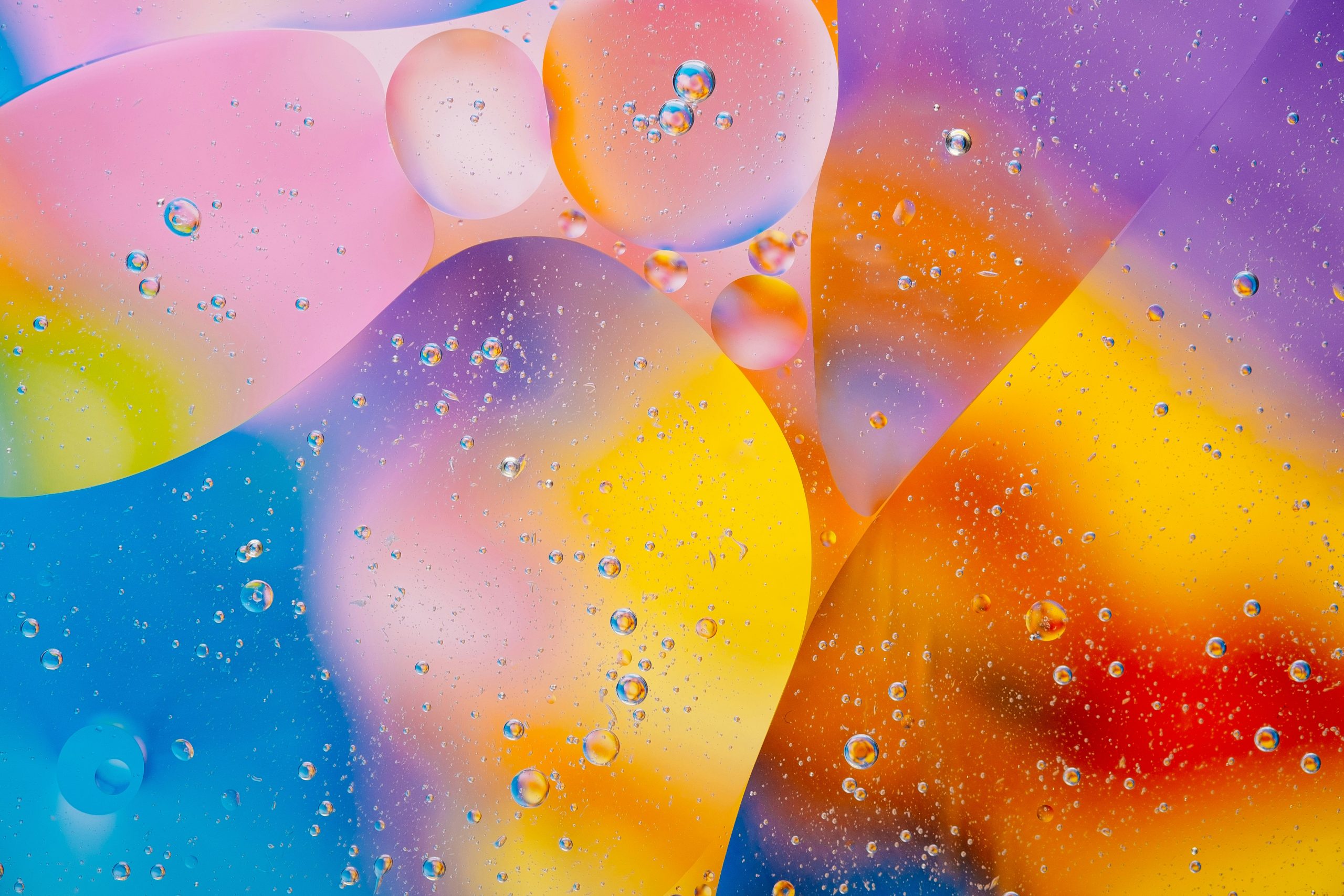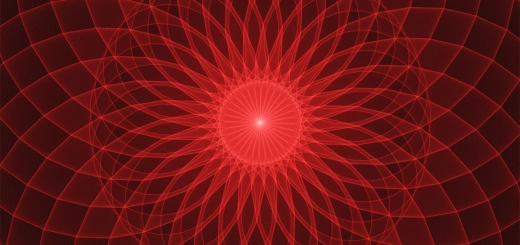Facial Hair and Beards: Cultural and Personal Insights

Looking for more amazing products? Check out our online store and explore our collection here! Happy shopping!
Before diving in, please note: This post is for informational purposes only. If you’d like to know more about how we approach topics, feel free to check out our friendly Disclaimer Page.
Hey there, amazing readers! 
We’re committed to delivering quality posts, and your support (even just sticking around despite the ads) means everything to us. So, bear with us, and thanks for helping us keep the good vibes rolling. Now, on to the fun stuff!
TRANSLATE BUTTON AT THE END OF THE ARTICLE
Introduction: The History and Significance of Facial Hair
From ancient times to the modern era, facial hair has been a prominent feature of masculinity and style.
The history of facial hair dates back to early civilizations, where beards and mustaches were seen as a symbol of power, wisdom, and masculinity.
In many cultures, facial hair was a rite of passage for men, marking their transition into adulthood.
Throughout history, facial hair has held different meanings and significance, shaping societal norms and perceptions.
In ancient Egypt, pharaohs and high-ranking officials were often depicted with elaborate beards and mustaches, symbolizing their authority and status.
Similarly, in ancient Greece, beards were associated with wisdom and virility, with philosophers and scholars often sporting long, flowing beards.
The Roman Empire also valued facial hair, with emperors and soldiers seen as more masculine and formidable when sporting beards.
As we fast forward to the modern era, facial hair trends have evolved, influenced by various factors such as fashion, pop culture, and personal preferences.
While some men choose to embrace a full beard or goatee, others opt for a clean-shaven look or a stylish stubble.
The significance of facial hair has shifted over time, but its presence continues to play a role in shaping perceptions of masculinity and personal style.
Evolution of Facial Hair Trends: From Ancient Cultures to Modern Times
Facial hair trends have undergone a remarkable evolution from ancient cultures to modern times.
In ancient civilizations like Mesopotamia and Egypt, men believed that facial hair was a sign of maturity, wisdom, and social status.
As societies progressed, facial hair styles became more elaborate and diverse.
In the Middle Ages, knights and noblemen wore intricate beards and mustaches to distinguish themselves from the common folk.
During the Renaissance period, facial hair became an art form, with men sculpting their beards and mustaches into intricate shapes and styles.
The Victorian era saw a resurgence of facial hair fashion, with elaborate mutton chops and sideburns becoming popular among men of all social classes.
In the 20th century, iconic figures like Salvador Dali and Ernest Hemingway made their mark with unique facial hair styles, influencing generations to come.
Today, facial hair trends continue to evolve, with new styles and grooming techniques emerging regularly.
From the hipster beards of the early 2010s to the current trend of well-groomed stubble, men have more options than ever to express their personal style through their facial hair.
The evolution of facial hair trends reflects changing societal norms and attitudes towards masculinity and self-expression.
Cultural Perceptions of Beards and Mustaches Around the World
The cultural perceptions of beards and mustaches vary widely around the world, with each culture attributing its unique significance to facial hair.
In some Middle Eastern cultures, a full beard is seen as a symbol of masculinity, wisdom, and religious devotion.
Men in these societies often grow and groom their beards meticulously, using oils and balms to keep them healthy and well-maintained.
In Asian cultures, facial hair is often associated with age and maturity, with older men sporting full beards as a sign of respect and authority.
In Japan, the samurai warrior class had strict rules about grooming their facial hair, with different styles denoting rank and status.
Similarly, in India, beards are seen as a symbol of masculinity and strength, with many men following traditional grooming practices to maintain their facial hair.
In Western cultures, the perception of beards and mustaches has shifted over time.
While clean-shaven faces were once the norm in professional settings, the rise of the hipster subculture in the early 2000s brought a resurgence of facial hair fashion.
Today, men in Western societies have more freedom to express themselves through their facial hair, with a wide range of styles and grooming products available to cater to diverse tastes.
Understand the Powerful Law of Karma and Its Impact – Explore Here!
Personal Choices: Factors Influencing Individuals’ Facial Hair Styles
When it comes to facial hair styles, personal preferences and individual choices play a significant role in determining how men groom and maintain their beards and mustaches.
Factors such as cultural background, societal norms, and personal style all influence how men choose to wear their facial hair.
Some men may prefer a clean-shaven look for professional reasons, while others embrace a full beard as a form of self-expression.
Personal grooming habits and lifestyle choices also impact how men style their facial hair.
Some men may opt for a low-maintenance stubble to complement their busy schedule, while others dedicate time and effort to growing and maintaining a full beard.
Additionally, facial hair styles can be influenced by trends in popular culture, with celebrities and influencers often setting the tone for what is considered fashionable and on-trend.
For many men, facial hair is a way to express their personality and individuality.
Whether they choose a classic mustache, a sleek goatee, or a full beard, men have the freedom to experiment with different styles and grooming techniques to find what works best for them.
Ultimately, personal choices play a crucial role in shaping how men present themselves through their facial hair, reflecting their identity and sense of style.
The Psychology Behind Facial Hair: How It Affects Perception
The psychology behind facial hair and its impact on perception is a fascinating subject that delves into the realms of masculinity, attractiveness, and social cues.
Studies have shown that facial hair can influence how others perceive a person’s age, maturity, and trustworthiness.
A full beard, for example, is often associated with traits like dominance and aggression, while a clean-shaven face may be perceived as more youthful and approachable.
Facial hair can also play a role in shaping first impressions and social interactions.
Research has found that men with facial hair are often seen as more masculine and mature, which can affect how they are perceived in professional and personal settings.
Additionally, facial hair styles can convey specific messages about a person’s personality and attitudes, with different styles evoking varying responses from others.
The psychology behind facial hair extends beyond mere aesthetics, influencing how individuals perceive themselves and how they are perceived by others.
For many men, grooming their facial hair is a way to boost their self-confidence and project a certain image to the world.
Whether they choose to embrace a full beard or a clean-shaven look, men can use their facial hair to communicate their identity and values to those around them.
Maintaining Facial Hair: Grooming Tips and Techniques
Proper maintenance and grooming are essential for keeping facial hair looking its best.
Whether you have a full beard, a mustache, or stubble, taking care of your facial hair requires a combination of regular grooming practices and the right products.
To maintain healthy and well-groomed facial hair, consider the following tips and techniques:
Wash your facial hair regularly with a gentle cleanser to remove dirt, oil, and impurities.
Use a quality beard oil or balm to hydrate and condition your facial hair, keeping it soft and manageable.
Trim your beard or mustache regularly to maintain its shape and prevent split ends.
Invest in a high-quality beard trimmer or scissors for precise grooming and shaping.
Comb or brush your facial hair daily to detangle and style it as needed.
Consider visiting a professional barber for more intricate grooming and styling services.
Experiment with different facial hair styles and grooming techniques to find what works best for you.
Be patient and consistent with your grooming routine, as growing and maintaining facial hair takes time and effort.
Pay attention to your skin health, as facial hair can trap dirt and bacteria that may lead to breakouts or irritation.
Embrace your natural facial hair texture and work with it to create a look that suits your personal style.
By following these grooming tips and techniques, you can keep your facial hair looking sharp, healthy, and well-maintained, enhancing your overall appearance and confidence.
Facial Hair and Professional Life: Navigating the Workplace
Facial hair in the professional setting has long been a topic of debate, with some industries and companies having strict grooming policies that dictate how employees should wear their facial hair.
While clean-shaven faces were once the norm in corporate environments, attitudes towards facial hair in the workplace have evolved in recent years.
Many companies now allow employees to sport beards, mustaches, and other facial hair styles, provided they are well-groomed and maintained.
Navigating the complexities of facial hair in the workplace requires a delicate balance between personal style and professional expectations.
Men with facial hair may need to consider how their grooming choices reflect on their professionalism and credibility.
Keeping facial hair well-groomed and styled can help create a polished and put-together look that is appropriate for most work environments.
When it comes to job interviews and client meetings, it is advisable to err on the side of caution and opt for a more conservative grooming style.
A neatly trimmed beard or mustache can convey a sense of confidence and maturity, while also showcasing your personal style.
By maintaining a well-groomed appearance, you can navigate the nuances of facial hair in the professional world with ease and professionalism.
Embracing Diversity: Breaking Stereotypes Through Facial Hair
Facial hair has the power to challenge stereotypes and break down societal norms, allowing individuals to express themselves authentically and embrace their unique identity.
Across cultures and backgrounds, facial hair styles vary widely, reflecting the diversity and richness of personal expression.
By embracing diversity in facial hair, we can celebrate the individuality and creativity of men who choose to wear their facial hair in different styles and shapes.
Release the Weight of Karma and Embrace Freedom – begin here.
Breaking free from traditional norms and expectations, men can use their facial hair as a form of self-expression and defiance against conformity.
Whether they opt for a bold beard, a stylish mustache, or a clean-shaven look, men have the freedom to choose how they present themselves to the world.
Embracing diversity in facial hair styles can challenge stereotypes and promote inclusivity, encouraging men to express themselves authentically and confidently.
By celebrating the unique facial hair styles of individuals from all walks of life, we can create a more inclusive and accepting society that values personal expression and diversity.
Facial hair serves as a canvas for self-expression and individuality, allowing men to showcase their personality and creativity through their grooming choices.
Embracing diversity in facial hair is a powerful way to challenge stereotypes and promote acceptance and understanding in our ever-evolving world.
Facial Hair in Pop Culture: Iconic Figures and Trends
Pop culture has played a significant role in shaping the trends and perceptions of facial hair, with iconic figures and celebrities often setting the bar for what is considered fashionable and on-trend.
From Hollywood actors to musicians and athletes, pop culture icons have influenced the way men groom and style their facial hair, creating trends that resonate across generations.
Throughout history, iconic figures like Elvis Presley, Chuck Norris, and Johnny Depp have been known for their signature facial hair styles, which have become synonymous with their persona and image.
In recent years, celebrities like Chris Hemsworth, Ryan Gosling, and Jason Momoa have popularized different facial hair trends, inspiring men around the world to experiment with their grooming choices.
In addition to celebrities, fictional characters in movies and TV shows have also played a role in shaping facial hair trends.
Characters like Tony Stark aka Iron Man, Captain Jack Sparrow, and Ron Swanson have all sported memorable facial hair styles that have captured the imagination of fans.
Pop culture’s influence on facial hair extends beyond mere aesthetics, inspiring men to embrace new styles and grooming techniques that reflect their favorite characters and personalities.
Facial Hair and Masculinity: Examining Gender Norms
The relationship between facial hair and masculinity is a complex and multifaceted subject that delves into the realms of gender norms and societal expectations.
Throughout history, facial hair has been closely linked to notions of masculinity, strength, and virility.
Understand the Powerful Law of Karma and Its Impact – Explore Here!
Men who sport full beards or mustaches are often seen as more masculine and dominant, embodying traditional ideals of manhood and power.
However, the perception of masculinity and facial hair has evolved over time, with modern men having more freedom to express themselves through their grooming choices.
Some men may choose to grow a beard as a symbol of their masculinity and individuality, while others may prefer a clean-shaven look that aligns with their personal style.
The definition of masculinity is no longer tied to a specific facial hair style, allowing men to explore and experiment with different grooming options.
Examining gender norms and facial hair reveals the complexities of societal expectations and personal identity.
Men have the agency to choose how they present themselves to the world, whether through a rugged beard, a sleek mustache, or a smooth complexion.
By redefining masculinity and embracing diverse facial hair styles, men can challenge traditional norms and stereotypes, creating a more inclusive and accepting environment for self-expression and personal style.
Health Considerations: How Facial Hair Can Impact Skin
While facial hair can enhance a man’s appearance and style, it can also have an impact on skin health if not properly maintained.
The presence of facial hair can trap dirt, oil, and bacteria close to the skin, leading to breakouts, irritation, and ingrown hairs.
Men with sensitive skin may be more prone to skin issues related to facial hair, requiring extra care and attention to keep their skin healthy and clear.
To prevent skin problems associated with facial hair, it is important to establish a regular grooming routine that includes cleansing, exfoliating, and moisturizing the skin beneath the hair.
Using gentle cleansers and exfoliants can help remove buildup and impurities, while hydrating moisturizers can keep the skin soft and supple.
Men with long or thick facial hair may also benefit from using specialized products like beard oils or balms to condition and nourish both the hair and skin.
In addition to skincare, proper grooming techniques can help prevent skin irritation and ingrown hairs caused by facial hair.
Trimming and shaping the beard or mustache regularly can prevent hair from curling back into the skin, reducing the risk of inflammation and infection.
By prioritizing skin health and hygiene, men can enjoy the benefits of facial hair without compromising the health and appearance of their skin.
Conclusion: Celebrating the Diversity of Facial Hair Styles
In conclusion, facial hair is more than just a fashion statement – it is a form of self-expression, cultural significance, and personal identity.
From ancient civilizations to modern times, facial hair has played a pivotal role in shaping perceptions of masculinity, style, and individuality.
By exploring the history, evolution, and cultural perceptions of facial hair, we gain a deeper understanding of its significance and impact on society.
Facial hair trends have evolved over time, influenced by cultural norms, fashion trends, and personal preferences.
Men around the world have the freedom to choose how they groom and style their facial hair, reflecting their unique identity and personality.
Whether they opt for a full beard, a stylish mustache, or a clean-shaven look, men can express themselves authentically through their grooming choices, breaking stereotypes and embracing diversity in facial hair styles.
As we navigate the complexities of facial hair in the professional world and examine the psychology behind its impact on perception, it is essential to celebrate the diversity of facial hair styles and the individuals who choose to wear them.
By promoting inclusivity, understanding, and acceptance of different grooming choices, we can create a more welcoming and diverse society that values personal expression and self-confidence.
Let us continue to celebrate the rich tapestry of facial hair styles that make each man unique and embrace the beauty of diversity in our ever-evolving world.

The Enlightenment Journey is a remarkable collection of writings authored by a distinguished group of experts in the fields of spirituality, new age, and esoteric knowledge.
This anthology features a diverse assembly of well-experienced authors who bring their profound insights and credible perspectives to the forefront.
Each contributor possesses a wealth of knowledge and wisdom, making them authorities in their respective domains.
Together, they offer readers a transformative journey into the realms of spiritual growth, self-discovery, and esoteric enlightenment.
The Enlightenment Journey is a testament to the collective expertise of these luminaries, providing readers with a rich tapestry of ideas and information to illuminate their spiritual path.
Our Diverse Expertise
While our primary focus is on spirituality and esotericism, we are equally passionate about exploring a wide range of other topics and niches 

To ensure we provide the most accurate and valuable insights, we collaborate with trusted experts in their respective domains 
Our blog originally focused on spirituality and metaphysics, but we’ve since expanded to cover a wide range of niches. Don’t worry—we continue to publish a lot of articles on spirituality! Frequently visit our blog to explore our diverse content and stay tuned for more insightful reads.
Hey there, amazing reader! 
Check out our store here and take a peek at some of our featured products below! Thanks for being awesome!













